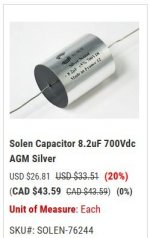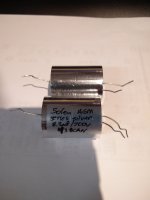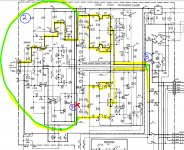My 1st bass amplifier
- By gasoil
- Instruments and Amps
- 3 Replies
Hello to all,
I've found a 8" speaker for 5€ and I need more SPL for my bass guitar, so i've
tried to do a low-cost woofer. It was like a DIY frenzy... I've learned about TS
parameters far too late during the process, and I'm not sure what the design
really is: my inspiration come from rear-loaded horns (cool wood-work exercice),
but with a 12L "box" before the horn. Maybe it's a labyrinth but my "horn"
section increases. The "horn" length is the only one thing i've done on purpose:
1m13 is 1/4 wave length of 73Hz, the speaker Fs.
You can see the idea with "tobo1.jpg" to "tobo5.jpg" that show it during its
construction.
It's already a "win" for my learning process, but I found the result not too
bad for "loud hifi", and even quite good as a bass guitar cabinet. So I
share this there.
The speaker is LG branded, 3Ohm, 200W, impedance measurement give me Fs=73Hz,
Qts=0.82, Vas not done. Impedance / phase measurement attached, with the speaker
in free air, and in the 1st cabinet build.
My test bench is a low-cost class D 2x50W + 100W for the woofer. The bass filter
is set to its min for the stereo channel, and to the max for the woofer (no
precise spec sorry), thus all the bass come from my woofer under test. Then I
push the volume up until I can "ear a distortion", so it really depends on the
track played: Herbie Hancock's "watermelon man" is less "bass forgiving" than
Gesaffelstein's "Aleph".
With my 1st attempt, I have 92dBA SPL at 1m, for 80Wpeak measured (snapshot from
my scope "scope_first.jpg" attached), above this level I can ear noises from the
cabinet (leaks and vibrations). I've done a quick SPL measurement, in
"chirp_sum.png", I've captured response from the speaker and from the event.
After some screws, glue and work, the 2nd attempt is louder: 98dBA SPL in the
same conditions (100Wpeak, see "scope_2nd.png")... Now distortions come from the
speaker that reach its Xmax, and things in the room that vibrate. No time for
now for more measurements on this version (impedance, spl...).
Next its amplifier...
I've found a 8" speaker for 5€ and I need more SPL for my bass guitar, so i've
tried to do a low-cost woofer. It was like a DIY frenzy... I've learned about TS
parameters far too late during the process, and I'm not sure what the design
really is: my inspiration come from rear-loaded horns (cool wood-work exercice),
but with a 12L "box" before the horn. Maybe it's a labyrinth but my "horn"
section increases. The "horn" length is the only one thing i've done on purpose:
1m13 is 1/4 wave length of 73Hz, the speaker Fs.
You can see the idea with "tobo1.jpg" to "tobo5.jpg" that show it during its
construction.
It's already a "win" for my learning process, but I found the result not too
bad for "loud hifi", and even quite good as a bass guitar cabinet. So I
share this there.
The speaker is LG branded, 3Ohm, 200W, impedance measurement give me Fs=73Hz,
Qts=0.82, Vas not done. Impedance / phase measurement attached, with the speaker
in free air, and in the 1st cabinet build.
My test bench is a low-cost class D 2x50W + 100W for the woofer. The bass filter
is set to its min for the stereo channel, and to the max for the woofer (no
precise spec sorry), thus all the bass come from my woofer under test. Then I
push the volume up until I can "ear a distortion", so it really depends on the
track played: Herbie Hancock's "watermelon man" is less "bass forgiving" than
Gesaffelstein's "Aleph".
With my 1st attempt, I have 92dBA SPL at 1m, for 80Wpeak measured (snapshot from
my scope "scope_first.jpg" attached), above this level I can ear noises from the
cabinet (leaks and vibrations). I've done a quick SPL measurement, in
"chirp_sum.png", I've captured response from the speaker and from the event.
After some screws, glue and work, the 2nd attempt is louder: 98dBA SPL in the
same conditions (100Wpeak, see "scope_2nd.png")... Now distortions come from the
speaker that reach its Xmax, and things in the room that vibrate. No time for
now for more measurements on this version (impedance, spl...).
Next its amplifier...
Attachments
-
 chirp_sum.png17.7 KB · Views: 109
chirp_sum.png17.7 KB · Views: 109 -
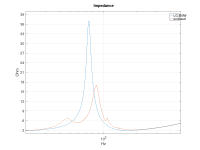 impedances.png11.7 KB · Views: 113
impedances.png11.7 KB · Views: 113 -
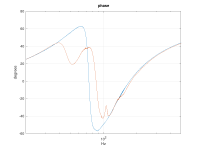 phase.png12.6 KB · Views: 98
phase.png12.6 KB · Views: 98 -
post1.txt2 KB · Views: 94
-
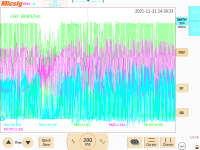 scope_2nd.png58.1 KB · Views: 105
scope_2nd.png58.1 KB · Views: 105 -
 scope_first.png40.6 KB · Views: 105
scope_first.png40.6 KB · Views: 105 -
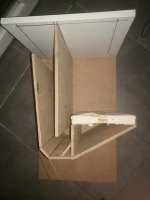 tobo1.jpg268.4 KB · Views: 108
tobo1.jpg268.4 KB · Views: 108 -
 tobo2.jpg148.7 KB · Views: 107
tobo2.jpg148.7 KB · Views: 107 -
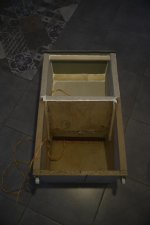 tobo3.jpg97.3 KB · Views: 109
tobo3.jpg97.3 KB · Views: 109 -
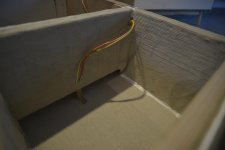 tobo4.jpg133.6 KB · Views: 109
tobo4.jpg133.6 KB · Views: 109 -
 tobo5.jpg132.6 KB · Views: 126
tobo5.jpg132.6 KB · Views: 126
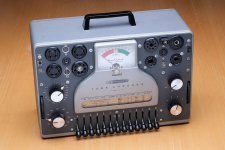
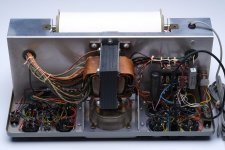

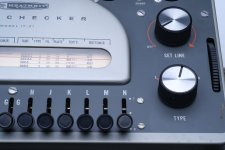


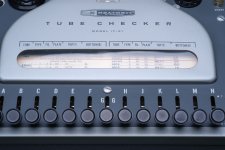
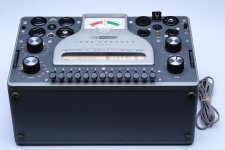
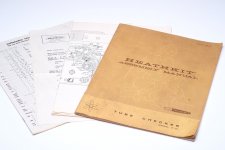

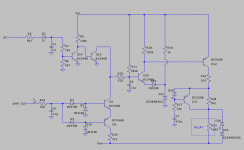
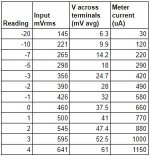
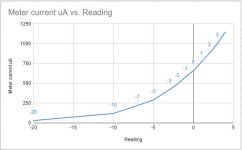
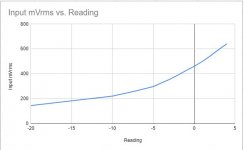
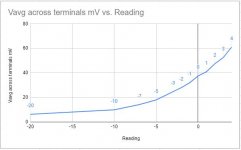
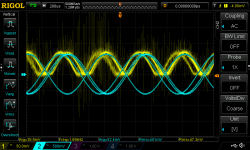
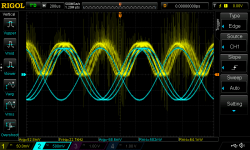
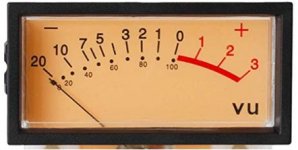

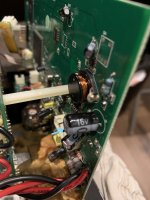
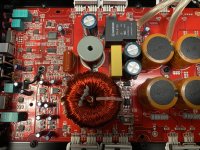
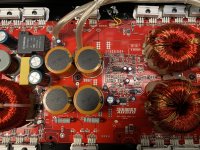
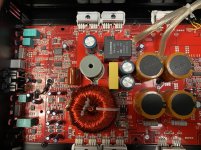
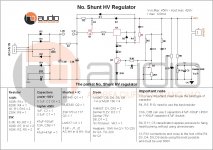

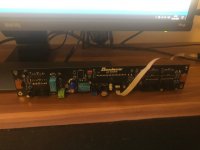

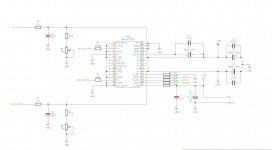

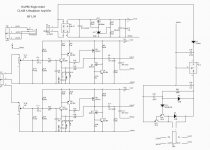
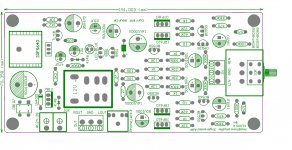
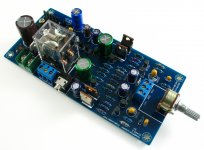

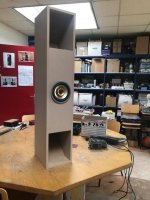
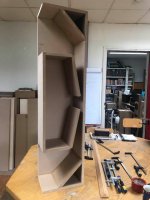
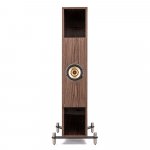
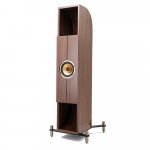
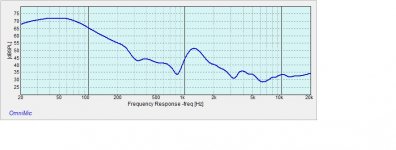



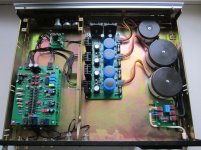
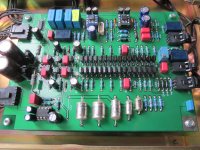
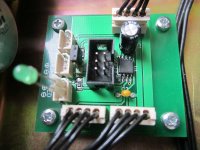
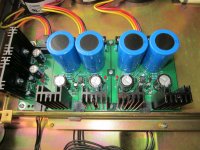
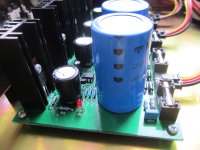
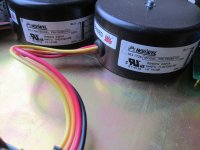
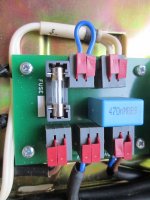
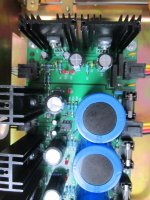

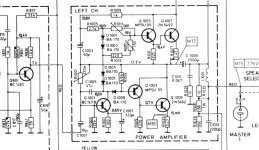
 . Would it be possible to increase the text size or change its location?
. Would it be possible to increase the text size or change its location?